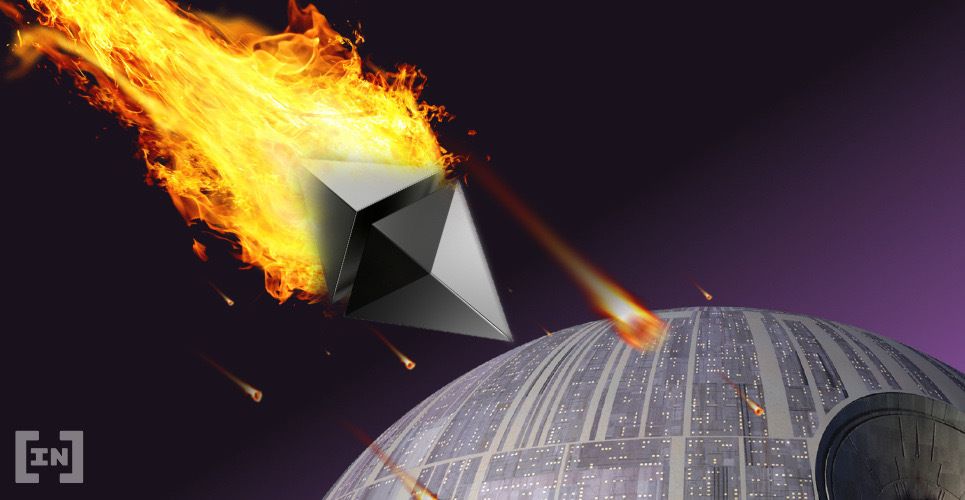In August, BeInCrypto reported that the highly anticipated Ethereum upgrade was badly needed to tackle surging gas prices, at the time. The proposal would adjust the auction system that is currently in place for bidding on transaction prices. Under heavy load, the bids increase to compete for miner attention which is what causes the gas price spikes. EIP 1559 would introduce a pricing mechanism that includes a fixed, per-block network fee that is burned and dynamically expands and contracts to deal with congestion. This would also have an effect on Ether supply, eventually reducing issuance over time when proof-of-stake gets underway.If EIP-1559 had been implemented, over the last 365 days, an estimated 970k $ETH ($360M) would have been burnt.
— Spencer Noon (@spencernoon) October 15, 2020
h/t @PhABCD @DuneAnalytics pic.twitter.com/F0ANa0y2Rx
When is EIP 1559?
Developer Tim Beiko has been hard at work on the EIP, but there is still a lot of testing to be done before it can be deployed to mainnet. In his latest update, Beiko stated that there were no new major objections to the proposal.However, he added that the bad news is the denial of service risks on Ethereum is still a major concern that needs to be addressed before deployment. The 1559 Clique testnet is still running with Basu and Nethermind clients, while Vulcanize is working on a consensus issue. He added that the “biggest win” was getting the specification for the proposal simplified by streamlining transactions.The update covers a lot of what I've been sharing here over the past few weeks. First up, the EIP-1559 discussion on AllCoreDevs: https://t.co/AqmTNnycIM
— Tim Beiko | timbeiko.eth (@TimBeiko) October 15, 2020
More Work to Do
A community outreach report was also published last week and one of the key findings was:“The main benefits that projects see with EIP-1559 are the predictability of gas prices, especially for projects who set them for their users, and the fact that ETH is burnt in each transaction.”Beiko has also setup a “mainnet readiness checklist,” which shows all of the major things that need to be ticked off before deployment can occur. In the meantime, Layer 2 is emerging as the go-to solution for faster and cheaper Ethereum transactions.
Disclaimer
In adherence to the Trust Project guidelines, BeInCrypto is committed to unbiased, transparent reporting. This news article aims to provide accurate, timely information. However, readers are advised to verify facts independently and consult with a professional before making any decisions based on this content. Please note that our Terms and Conditions, Privacy Policy, and Disclaimers have been updated.


